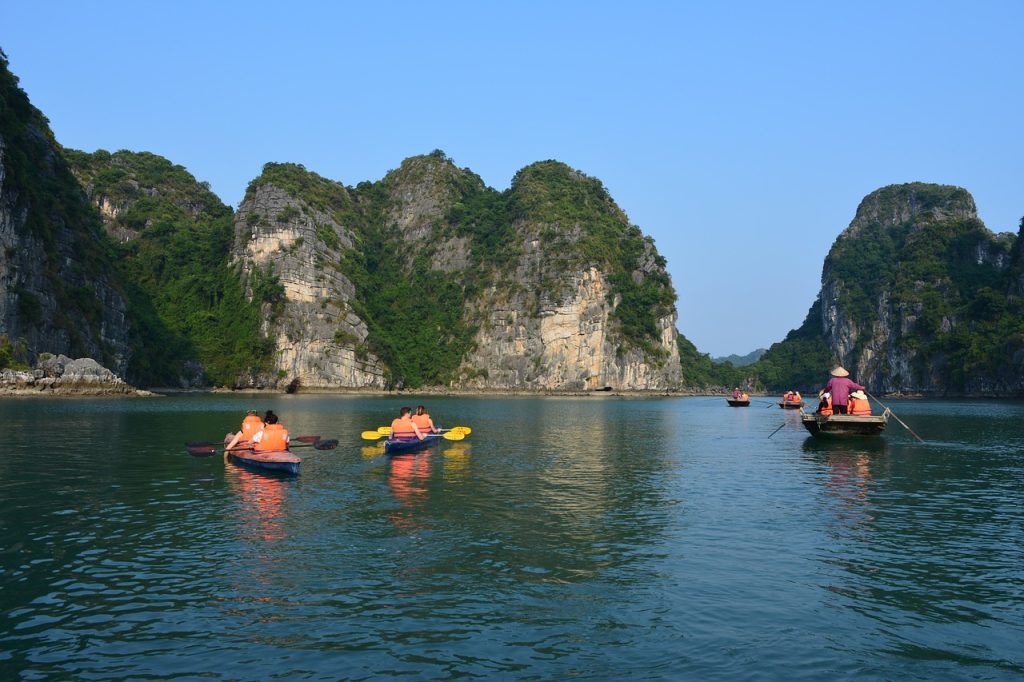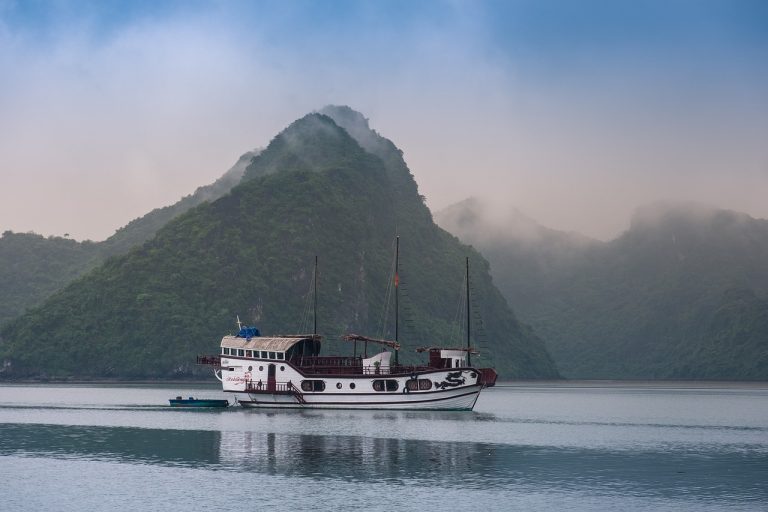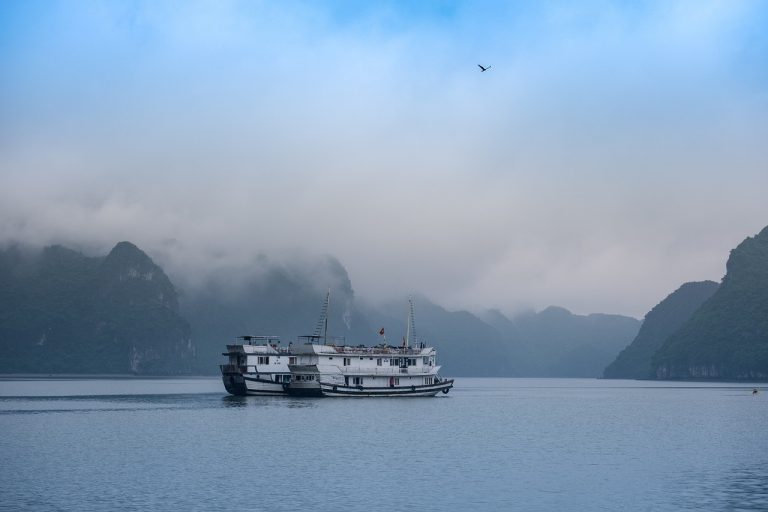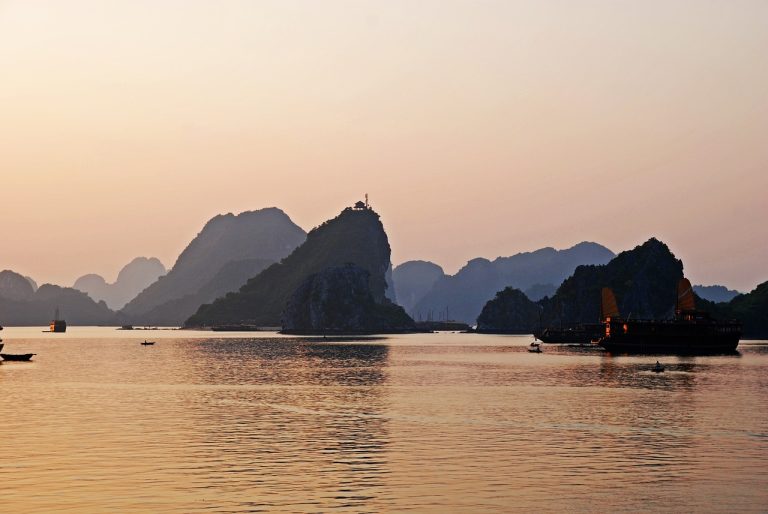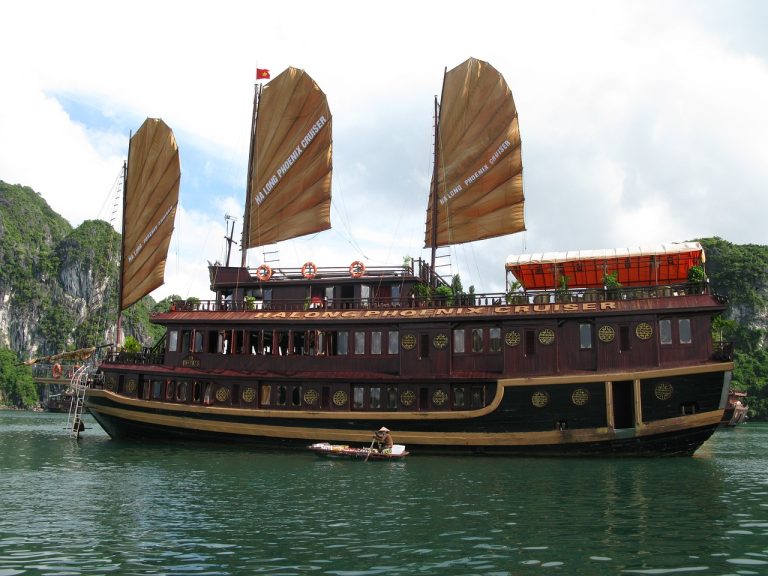Ha Long Vietnam Video
Eco-tourism in Ha Long Vietnam: Sustainable and Green Travel Options
Ha Long, located in the Quang Ninh Province of Vietnam, is a popular tourist destination known for its stunning natural beauty, limestone karsts, and emerald waters. As the demand for sustainable and eco-friendly travel options continues to rise, Ha Long has embraced the concept of eco-tourism, offering visitors a chance to immerse themselves in the beauty of the region while minimizing their impact on the environment. In this article, we will explore the sustainable and green travel options available in Ha Long, Vietnam.
Preserving Ha Long Bay
Preserving the UNESCO World Heritage Site: Ha Long Bay, a UNESCO World Heritage Site, is home to thousands of limestone islands and islets. To protect this unique ecosystem, authorities have implemented strict regulations to limit the number of tourist boats and activities in certain areas. This helps to preserve the natural beauty and biodiversity of the bay.
Reducing Plastic Waste: In an effort to minimize plastic waste, many tour operators and accommodations in Ha Long have adopted eco-friendly practices. They encourage visitors to bring reusable water bottles and provide refill stations to reduce the use of single-use plastic bottles. Additionally, some accommodations have implemented plastic-free policies, using alternatives like bamboo straws and biodegradable packaging.
Protecting Marine Life: Ha Long Bay is home to diverse marine life, including coral reefs and endangered species. To protect these habitats, responsible tour operators in Ha Long adhere to strict guidelines that prohibit activities such as fishing, snorkeling near coral reefs, or touching marine animals. By promoting responsible tourism practices, they ensure the long-term preservation of the bay’s marine ecosystem.
Green Accommodations
Ha Long Bay Eco-Lodge: The Ha Long Bay Eco-Lodge is an eco-friendly accommodation option that emphasizes sustainability and environmental conservation. The lodge utilizes solar power, rainwater harvesting systems, and energy-efficient practices to minimize its carbon footprint. Guests can enjoy comfortable rooms while knowing they are supporting a sustainable business.
Green Retreat Resort: The Green Retreat Resort in Ha Long is another eco-conscious accommodation option. The resort features eco-friendly architecture, using natural materials and incorporating green spaces throughout the property. They also prioritize waste reduction, recycling, and energy conservation in their daily operations.
Homestay Experiences: For a more immersive and eco-friendly experience, visitors can choose to stay in local homestays. These accommodations are often owned and operated by local families, providing an opportunity to learn about the local culture and support the community. Homestays typically follow sustainable practices, such as using organic and locally sourced ingredients for meals.
Responsible Tour Operators
Ha Long Bay Tours: Ha Long Bay Tours is a reputable tour operator that focuses on responsible and sustainable tourism. They offer a range of eco-friendly activities, such as kayaking, hiking, and exploring local fishing villages. Their knowledgeable guides provide educational insights into the region’s natural and cultural heritage, promoting a deeper understanding of Ha Long’s ecosystem.
Indigenous Village Tours: Indigenous Village Tours is a community-based tour operator that offers unique experiences in Ha Long and its surrounding areas. They work closely with local communities to develop sustainable tourism initiatives that preserve traditional practices and protect the environment. Visitors can participate in activities like traditional fishing, farming, and handicraft workshops.
Kayak Eco-Tours: Kayak Eco-Tours provides eco-friendly kayaking experiences in Ha Long Bay. Their small group tours allow visitors to explore the bay’s hidden caves, lagoons, and limestone formations while minimizing the impact on the environment. Guides offer insights into the local ecology and the importance of conservation.
Ha Long’s Ecological Attractions
Tuan Chau Island: Tuan Chau Island is a popular tourist destination in Ha Long, known for its beautiful beaches and entertainment facilities. The island has implemented eco-friendly initiatives, such as waste management programs and the use of solar power in some establishments.
Soi Sim Island: Soi Sim Island is a serene island in Ha Long Bay, offering panoramic views and pristine beaches. The island is a protected area where visitors can enjoy nature walks, swimming, and snorkeling. It is an ideal spot for eco-conscious travelers looking to connect with nature.
Cat Ba National Park: Located on Cat Ba Island, Cat Ba National Park is a biodiversity hotspot and home to several endangered species. The park offers hiking trails, wildlife observation, and opportunities to explore its diverse ecosystems. Visitors can support conservation efforts by following park regulations and responsible trekking practices.
Image 1

Supporting Local Communities
Buying Local Products: When visiting Ha Long, supporting local communities is an essential part of sustainable travel. Visitors can purchase locally made handicrafts, souvenirs, and food products, directly contributing to the local economy and empowering local artisans and producers.
Participating in Community Projects: Some tour operators organize community projects where visitors can actively participate in activities like beach clean-ups or tree planting. These initiatives not only help to preserve the environment but also provide opportunities for cultural exchange and meaningful engagement with local communities.
Respecting Local Customs and Traditions: To be a responsible traveler, it is important to respect the customs and traditions of the local communities in Ha Long. Learning about the local culture, practicing responsible photography, and following guidelines when visiting religious sites are some ways to show respect and appreciation.
Image 2
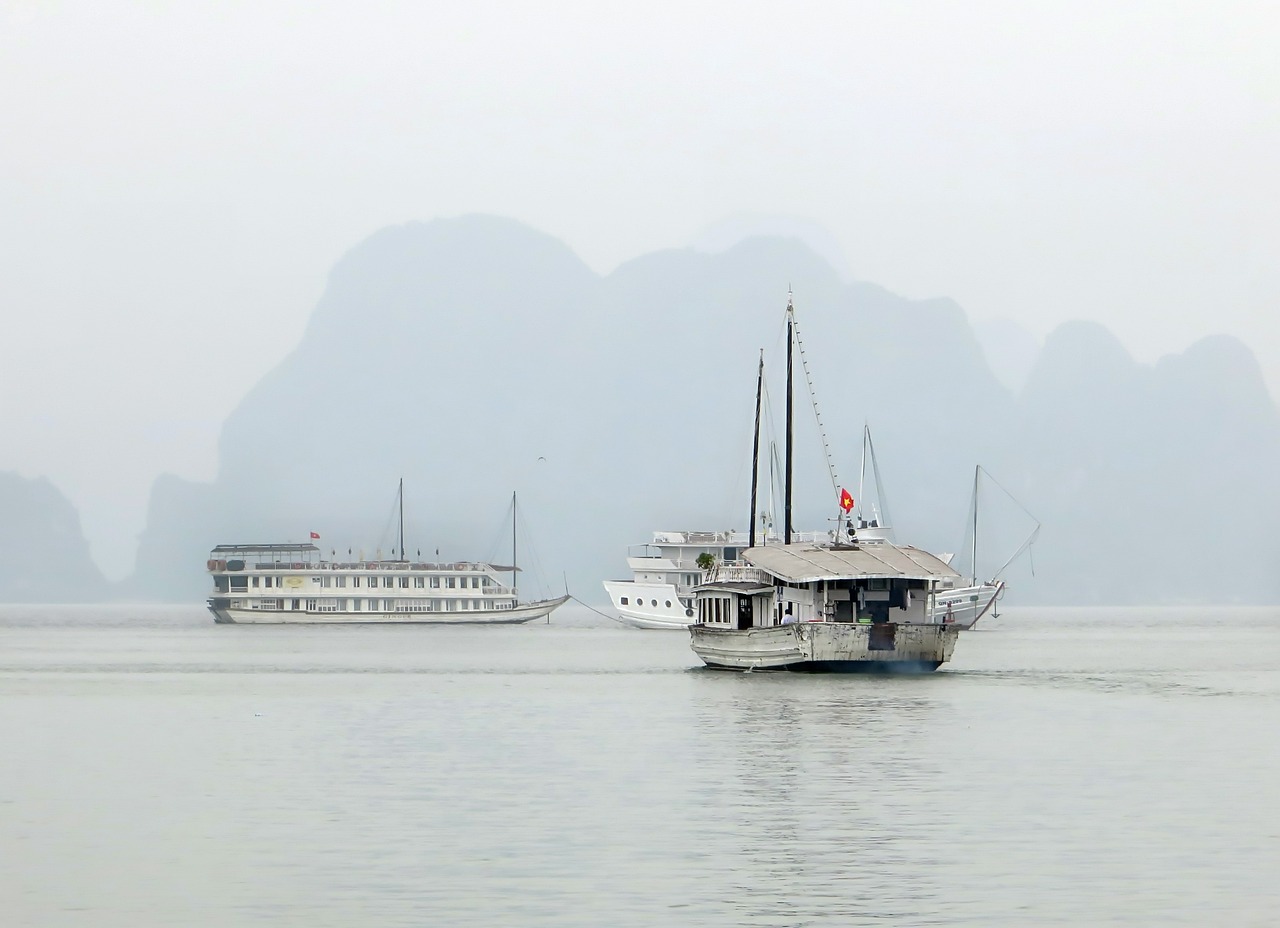
Conclusion
Ha Long, Vietnam offers a range of sustainable and green travel options for eco-conscious travelers. From preserving the UNESCO World Heritage Site of Ha Long Bay to supporting local communities and enjoying eco-friendly accommodations, visitors can experience the beauty of the region while contributing to its long-term preservation. By choosing responsible tour operators and engaging in eco-friendly activities, travelers can make a positive impact on Ha Long’s environment and local communities.
References
– halongbaytours.com.vn
– tuanchauisland.vn
– catba.gov.vn

